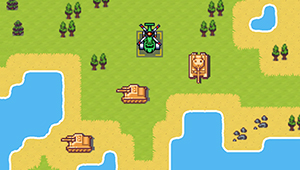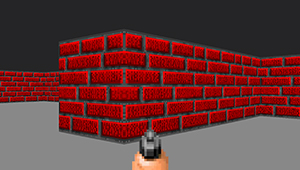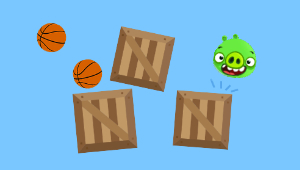- 18 hours on-demand video content
- Lifetime access
- Live meetup
- Downloadable resources and exercises
- Certificate on completion
- Access on mobile and desktop
- Secure checkout via Credit Card or PayPal
- 14-day money back guarantee
- Last updated July 2024
Atari 2600 Programming with 6502 Assembly
Learn the basics of Assembly 6502 and computer architecture programming games for the Atari VCS platform
$59.99
ENROLL NOW FREE PREVIEW
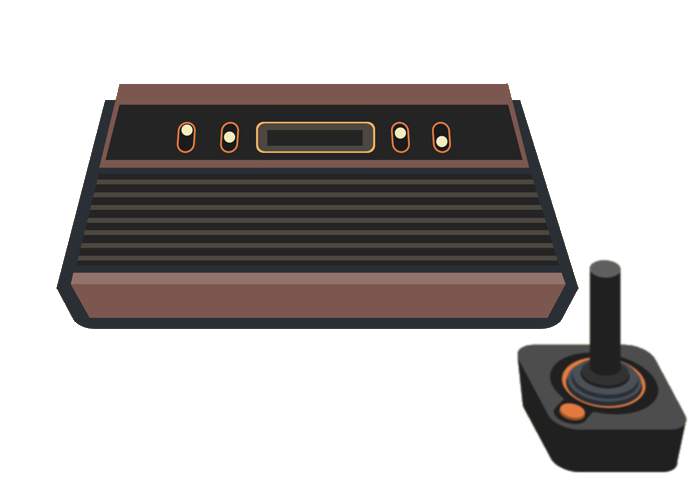
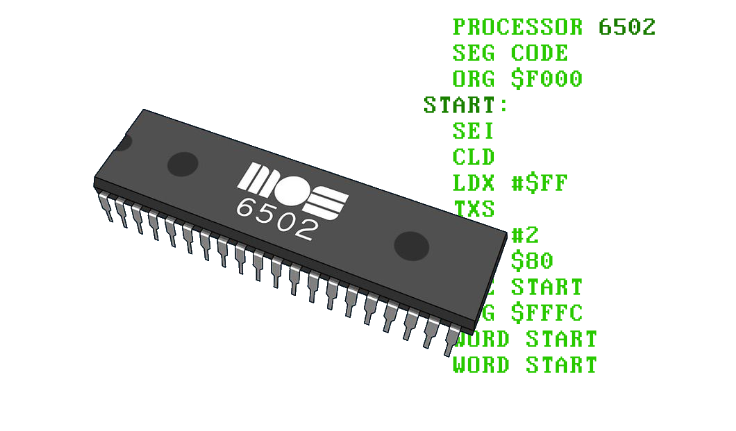








 We don't offer discounts on our courses. Ever.
We don't offer discounts on our courses. Ever.

